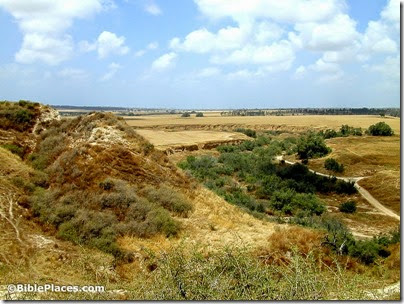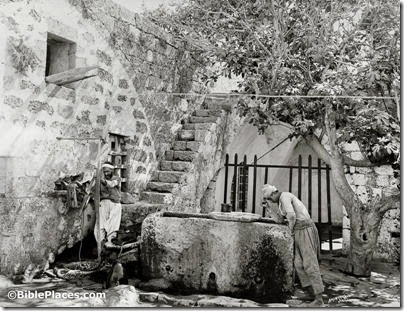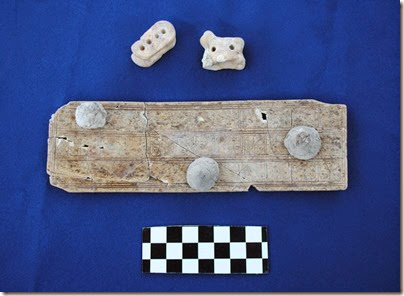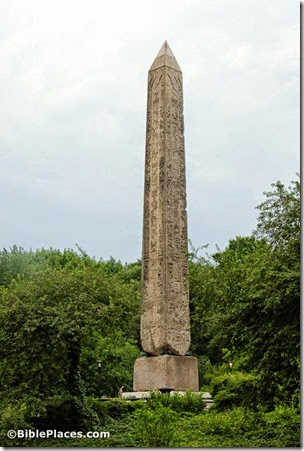Here’s a photo of the Temple Mount ramp that is being dismantled.
Mike Rogoff’s article in Haaretz describes the various baptismal sites on the Jordan River and gives guidance on which one is best.
Matt Glassman writes about his time excavating this summer at Khirbet el-Maqatir.
This article on “gender studies” at Tel Abel Beth Maacah is really just a piece about someone’s experience on the dig.
A conference this week in the City of David focused on gold treasures discovered in Jerusalem. The article ends with an insightful comment by Gabriel Barkay.
The re-discovery of a fragment of a lead coffin from Tyre prompted a lengthy article about the subject in Haaretz. Paleojudaica suggests its relevance for the forged lead codices.
The land of 10,000 caves is profiled in this piece on Beit Guvrin’s bell-shaped quarry caves.
Ferrell Jenkins has collected his articles related to the route of the Exodus and the location of Mount
Sinai.
Aviva Bar-Am details the history and significance of Ashkelon, the first national park in Israel.
Wayne Stiles has all the visual aids you need for thinking about Jericho: photos, videos, and a map.
HT: Agade, Joseph Lauer
Photo from Judah and the Dead Sea




